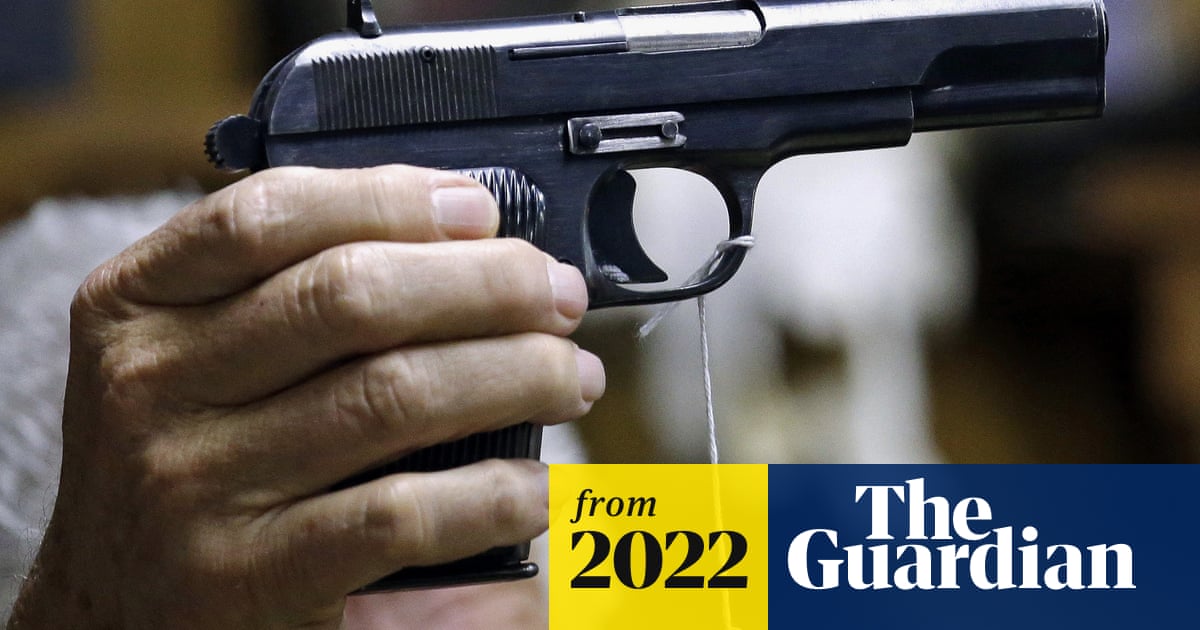Then why have them shitbird?
What purpose do they serve fool?
Alec Baldwin is an actor. Try reality.
I derive great pleasure in looking at them. Some are works of art. Some are mechanical masterpieces, some are historically significant.
Those that I shoot provide hours of quality entertainment, both as a form of meditation, and honing my accuracy.
Unlike you, I actually DO things.








